How to Sleep Faster and Wake Up Energized Every Morning
Are you waking up sore, tired, and not feeling rested? Do you struggle to find the best ways how to sleep faster? If so, you’re in the right place! Keep reading to get the best, sweet sleep you really deserve.
I may earn a small commission for affiliate links in this post at no extra cost to you. Please read my privacy policy and privacy page for more information. As an Amazon Associate, I earn from qualifying purchases.
After spending over 25 years in the mattress industry, I’ve had countless conversations with people about one of the most common sleep struggles: not being able to fall asleep quickly.
It doesn’t matter if you have the best mattress in the showroom or the coziest bedding at home—if you find yourself tossing and turning at night, it can feel like your sleep is constantly out of reach.
Believe me, I’ve been there myself!
Countless nights, I found myself lying in bed at 2 a.m. with my mind running a mile a minute, wishing I could just drift off.
The truth is, sleep isn’t only about comfort—it’s also about consistency, environment, and routine.
And while some people seem to fall asleep the moment their head hits the pillow (my husband is one of the lucky ones!), many of us (me!) need to make small, intentional adjustments to help our bodies relax and transition into rest.
To help you get started on your journey for better sleep, I’m sharing the tips and tricks I’ve learned both professionally and personally that can actually help you sleep faster.
These aren’t gimmicks or complicated hacks—they’re realistic strategies that can transform your nights.
My goal is to give you practical tools you can start using tonight so you can spend less time staring at the ceiling and more time getting the deep, restorative sleep you deserve.
Create a Consistent Sleep Schedule
One of the simplest but most powerful things you can do to fall asleep faster is to keep a regular sleep schedule.
Your body operates on an internal clock called the circadian rhythm, and it thrives on consistency.
If you’re going to bed at 10 p.m. one night and 1 a.m. the next, your body doesn’t know when to start winding down, which makes it harder to fall asleep quickly.
Think of your sleep schedule like training your brain.
When you go to bed and wake up at the same time every day—even on weekends—you’re teaching your body when it’s time to rest and when it’s time to be alert.
Over time, this makes it much easier to drift off within minutes instead of tossing and turning for hours.
Personally, I try to stick to a sleep window of around 10:30 p.m. to 6:30 a.m.
I’ll admit, it’s tempting to stay up later on my days off, but whenever I do, I notice it takes me much longer to fall asleep the next night.
The reset button for your sleep isn’t complicated: it’s simply showing up at the same time each night.
Your body will take care of the rest.
If you’re struggling with consistency, start small.
Aim to go to bed within the same 30-minute window each night.
Even that little bit of structure can help your circadian rhythm reset and make sleep come more naturally.
Set the Right Bedroom Temperature
Your bedroom environment plays a huge role in how quickly you can fall asleep, and temperature is one of the most important factors.
Research shows that the ideal sleep temperature is between 60 and 67 degrees Fahrenheit.
When your body gets ready for sleep, your core temperature naturally drops.
If your bedroom is too hot or stuffy, it can prevent this cooling process, leaving you restless and uncomfortable.
Over the years, I’ve experimented with a lot of cooling products—everything from cooling sheets to mattress protectors to devices that circulate air under the sheets.
One of the biggest positive changes for me has been using a BedJet system, which allows me to adjust the temperature of my bed in real-time.
On hot summer nights, I’ll crank it down to stay cool.
On chilly winter evenings, I’ll warm up the sheets before bed, then drop the temperature to help me fall asleep faster.
If you don’t have a cooling device, even a simple bedside fan can make a big difference.
I love mine and sometimes, on a very hot night, use it with my BedJet.
Not only does it lower the temperature in your immediate sleep zone, but it also creates a light hum that doubles as white noise.
And if you really want to take control, a Wi-Fi thermostat is another great tool!
I love to use mine in the evening or during the night to adjust the temperature the easy way right from my bed.
Temperature might not be the first thing you think about when you can’t fall asleep, but it’s often one of the hidden culprits.
Try experimenting with cooling sheets, breathable fabrics, or adjusting your thermostat until you find your sweet spot.
You might be surprised how much faster you fall asleep when your body feels perfectly cool and comfortable.
Dim the Lights and Limit Screens
We live in a world where screens follow us everywhere—phones, tablets, TVs, and laptops.
The problem is, the blue light these devices emit interferes with your body’s natural production of melatonin, the hormone that signals it’s time to sleep.
When melatonin levels are disrupted, your brain doesn’t get the message to wind down, which keeps you alert long after you should be asleep.
I’ll be real—it took me a long time to build better screen habits.
I used to scroll social media on my phone in bed every night, telling myself it was “just five minutes.”
But those five minutes easily turned into thirty (or more!), and not only was I staying up later, but I also noticed I had a harder time falling asleep once I finally put the phone down.
Now, I make it a priority to dim the lights and put away screens at least an hour before bed.
In fact, I have a personal rule: once my phone is on a charger in another room, I won’t look at my screen until morning.
So, now, instead of scrolling, I’ll turn on my sunset alarm clock, which mimics the natural dimming of light outside, and read a few chapters of a book or do some light stretching.
The gradual shift from bright light to soft glow helps signal to my body that it’s time to rest.
If you can’t completely avoid screens, try using blue light filters or apps that warm the color of your display in the evening.
Even better, swap screen time for something relaxing like using night journal prompts or doing sleep meditation.
The more you create a bedtime atmosphere that supports melatonin production, the quicker you’ll find yourself nodding off.
Try Relaxation Techniques Before Bed
If you’ve ever laid down and felt your mind racing with a to-do list, worries, or random thoughts, you know how hard it is to “just fall asleep.”
That’s why relaxation techniques can be so effective—they give your brain something to focus on while allowing your body to physically relax.
One of my go-to methods is deep breathing.
I like the 4-7-8 technique: breathe in for 4 seconds, hold for 7, and exhale for 8.
Not only does this slow down your heart rate, but it also shifts your nervous system into a calmer state.
Whenever I practice this before bed, I can literally feel my body start to melt into the mattress.
Another simple strategy is progressive muscle relaxation.
Starting from your toes and working your way up, you tense each muscle group for a few seconds, then release.
It’s amazing how much tension we hold without realizing it.
By intentionally relaxing each area, you’re telling your body, “It’s safe to rest now.”
If you prefer something guided, try sleep meditation.
Personally, I’ve found that even five minutes of relaxation and deep breathing makes it so much easier to drift off quickly.
The key is consistency—make it part of your nightly wind-down routine instead of waiting until you’re wide awake at 3 a.m.
Use a Brain Dump to Quiet Your Mind
Sometimes the reason you can’t fall asleep is simple: your mind is too busy.
Maybe you’re replaying conversations from the day, stressing about tomorrow’s schedule, or brainstorming solutions to a problem.
When your brain is on overdrive, falling asleep quickly can feel impossible.
This is where a brain dump comes in handy.
Before bed, I like to grab a printable brain dump page and write down everything on my mind—no filter, no structure, just getting it all out.
The act of putting thoughts on paper frees up mental space, so I’m not lying in bed trying to hold onto them.
I even created a free printable brain dump journal for my readers because I know how powerful this tool can be.
If you’re new to the practice, you can start by writing down tomorrow’s to-do list, jotting down any lingering worries, or simply recording random thoughts.
The goal isn’t to solve everything—it’s to clear your mind so your brain can rest.
You can also use free printable brain dump journal prompts as part of your unwind routine.
Pairing a brain dump with a calming ritual, like dimming the lights or sipping herbal tea, can amplify the effect.
Over time, you’ll find that instead of carrying stress into bed, you’re giving yourself permission to let it go for the night.
That mental shift alone can shave precious minutes off the time it takes to fall asleep.
Try White Noise or Calming Sounds
Have you ever noticed how much easier it is to fall asleep in a quiet hotel with a humming air conditioner compared to your own bedroom, where every little sound stands out?
That’s the power of white noise—it masks sudden or inconsistent sounds that might otherwise keep you awake.
I’ve been using a noise machine app for years, and it’s one of the best tools in my sleep arsenal.
Sometimes I’ll play classic white noise; other times I’ll switch to rainfall or ocean waves.
The steady sound creates a backdrop that helps my mind relax and keeps distractions at bay.
If you live in a noisy area—maybe near traffic or with thin apartment walls—white noise can be a lifesaver.
It doesn’t eliminate noise, but it makes it less noticeable by blending everything into a consistent hum.
That consistency signals safety to your brain, which allows you to drift off faster.
Some people prefer more nature-inspired sounds, like a crackling fire, birds at dawn, or rustling leaves.
Others like brown noise or pink noise, which are softer, lower versions of white noise.
My advice? Experiment until you find what works best for you.
Falling asleep quickly often comes down to creating the right sensory environment, and sound is one of the easiest elements to control.
Watch What You Eat and Drink at Night
Food and drink choices in the evening can make or break your ability to fall asleep quickly.
Caffeine is an obvious culprit—drinking coffee, tea, or soda late in the day can linger in your system for hours, keeping you alert long past bedtime.
I call it my “coffee curfew” each afternoon when I know I have to eliminate all caffeine around 2 PM.
Keep in mind, even chocolate has caffeine, so that “harmless” dessert might be sabotaging your sleep.
Alcohol is another tricky one.
A glass of wine or a cocktail might make you feel drowsy at first, but alcohol disrupts your sleep cycles and often leads to restless nights.
You might fall asleep quickly, but you’re less likely to stay asleep or feel rested in the morning.
Heavy meals can also interfere with sleep.
If your body is working overtime to digest a large dinner, it’s harder to relax and drift off.
On the flip side, going to bed hungry can keep you awake, too.
The key is balance: try to eat your last big meal 2–3 hours before bed, and if you need a snack, choose something light and sleep-friendly, like a banana, almonds, or a small bowl of oatmeal.
Personally, I’ve found that swapping out afternoon coffee for a caffeine-free herbal tea makes a big difference.
Create a Calming Night Routine
If you want to fall asleep faster, the hours leading up to bedtime are just as important as the moment your head hits the pillow.
A calming night routine tells your body, “It’s time to slow down.”
Without one, you might be running on adrenaline from work, screens, or even chores right up until bedtime—which makes it harder to switch off.
My evening routine doesn’t have to be fancy or complicated.
For me, it’s about consistency.
I dim the lights, put my phone on the charger in another room, and spend some time either reading, stretching, or doing a quick journaling exercise.
These little rituals act like stepping stones, guiding me from a busy day into a restful night.
The trick is to find activities that are genuinely relaxing for you.
That might be listening to calming music, practicing light yoga, or even taking a warm shower or bath.
Try using a free printable bedtime habit tracker to monitor what works best for you each evening.
Time Your Exercise Wisely
Exercise is one of the best natural sleep boosters, but the timing matters.
Regular movement helps regulate your sleep cycle and reduces stress, which means you’ll drift off faster when bedtime comes.
But if you’ve ever done a late-night workout and found yourself wide awake afterward, you know the flip side.
For me, the sweet spot is mid-morning or afternoon exercise, especially swimming.
It energizes me during the day but still leaves me relaxed enough by evening.
If your only time to move is later in the day, try gentler activities like yoga, stretching, or an evening walk instead of high-intensity training.
This way, your body can benefit from the activity without being too revved up at bedtime.
Pay Attention to Bedroom Lighting
Light is one of the biggest signals your body uses to determine whether it’s time to be awake or asleep.
Exposure to bright light in the evening can delay the release of melatonin, your sleep hormone, making it harder to drift off.
On the other hand, soft, warm lighting helps your body prepare for rest.
In my bedroom, I use soft bedside lamps with warm bulbs instead of overhead lighting at night.
I’ve also found that my blackout curtains are a perfect fit—especially during summer when the sun sets late or rises early.
Controlling the light in your room gives you more control over your sleep.
Experiment with Aromatherapy
Scent has a surprisingly strong impact on relaxation and sleep.
Certain smells, like lavender, chamomile, or sandalwood, have been shown to calm the nervous system and promote better sleep.
Using aromatherapy can be as simple as adding a drop of essential oil to your pillow, running a diffuser, or using a linen spray.
If you’re new to aromatherapy, start small—maybe a diffuser with lavender oil or a roller blend applied to your wrists.
The key is to make it part of your consistent nighttime routine so your brain begins to associate the scent with winding down for sleep.
Shift Your Mindset About Sleep
Sometimes the biggest obstacle to falling asleep fast isn’t physical at all—it’s mental.
Have you ever gotten into bed, noticed you weren’t drifting off right away, and then started stressing about it?
That anxiety about not sleeping can actually keep you awake longer.
I’ve been there, and I know how frustrating it feels.
What helps is shifting my mindset.
Instead of pressuring myself to fall asleep, I focus on simply resting.
I remind myself that lying down in a dark room is still restorative, even if I’m not fully asleep yet.
That small change takes away the urgency and allows my body to relax naturally.
I find this is especially helpful if I have to wake up for an important event in the morning and I worry about sleep.
Practices like mindfulness, night affirmations before sleep, or guided meditations can help, too.
Even repeating something as simple as “I am safe, I am calm, I am resting” while breathing deeply can make it easier to slip into sleep.
The less you chase it, the more quickly it often comes.
Final Thoughts
In my time working in the mattress business, I’ve tested just about everything to help people (and myself!) sleep better.
What I’ve learned is that falling asleep faster isn’t about one magic fix—it’s about creating the right conditions for your body and mind.
From cooling mattresses and blackout curtains to brain dumps and calming evening routines, each small change adds up to make a big impact.
The good news is you don’t have to do all of these strategies at once.
Start with one or two that feel manageable—maybe adjusting your bedroom environment or trying a simple relaxation technique.
Over time, these sleep habits layer together, and before you know it, you’ll be drifting off faster than ever.
Better sleep is possible, and it starts with building routines and environments that support it.
Need extra help with rest? Grab a free printable sleep tracker below to start understanding your sleep today!
Your Turn
I’m excited for you to try these tips and see what works best for you. Let me know in the comments below which of these how to sleep faster tips works best for you!
RELATED POSTS:
- Best Bed Sheets for Hot Sleepers: What to Buy to Stay Cool and Sleep Well
- Cozy Bedroom Ideas for Better Sleep: Easy Tips to Create a Sleep Sanctuary
- Top 15 Bedroom Essentials: My Must Have List for Better Sleep
- The Best Sleep Investment I’ve Ever Made (and Why It’s the BedJet Sleep System)
- Dream Journal Prompts Download: The Easy Way to Start Recording Your Dreams
- Dream Tracker: Free Printable to Turn Your Nightly Dreams into Insights
- 50 Sleep Well Quotes to Relax and Rest Easy Tonight [Free Printable]
- Night Routine List for Better Sleep [Free Printable + Simple Steps]
- Simple Night Journal Prompts for Peace and Clarity
- Bedtime Habit Tracker: Free Printable for a Better Sleep Routine
- Night Affirmations Before Sleep: Simple Steps for a Calmer Mind [Free Printable Cards]
- How to Build a Sleep Routine That Actually Works
- Free Printable Sleep Tracker to Finally Understand Your Sleeping Habits
- Sleep Hygiene Tips That Work [Free Printable Checklist Included]
- 45 Can’t Sleep Quotes Funny: To Laugh When Sweet Sleep Won’t Come
- How to Sleep With Curly Hair: Easy Tips for Curly Hairstyles
Hi, I’m Debbie, general manager of a mattress store chain with 25+ years helping people improve their sleep quality. At Sweet Sleep Tips, I share natural, practical sleep solutions, calming bedtime habits, and printable tools to help you fall asleep faster and wake up refreshed. My goal is to make better sleep simple, healthy, and stress-free.
Follow me on Pinterest, Instagram, and Facebook to stay up to date with all the latest Sweet Sleep Tips.
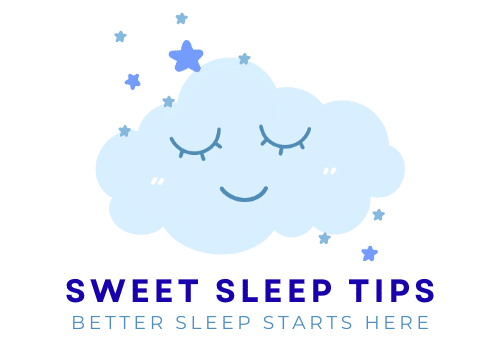

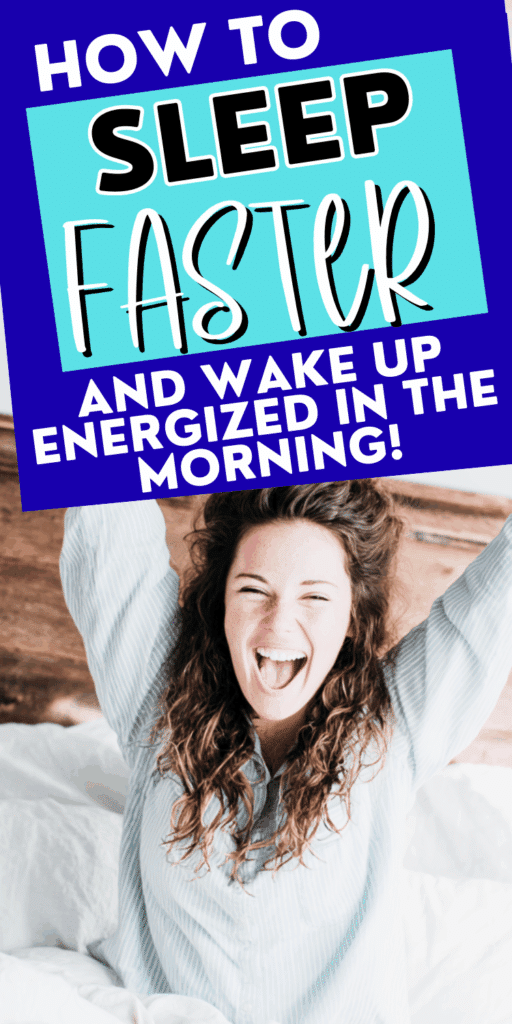
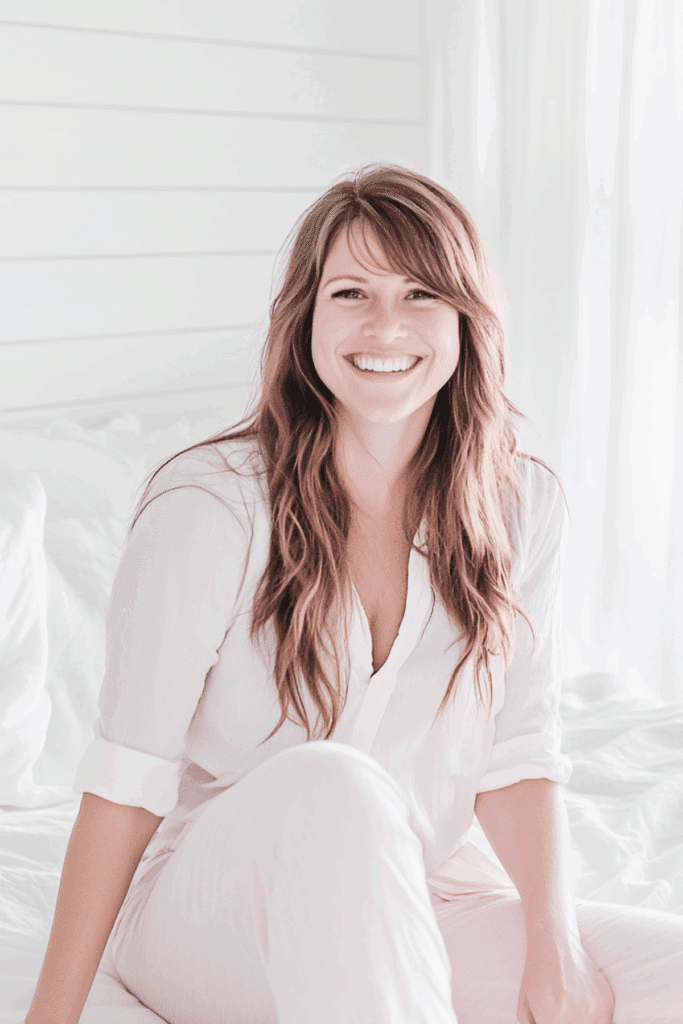

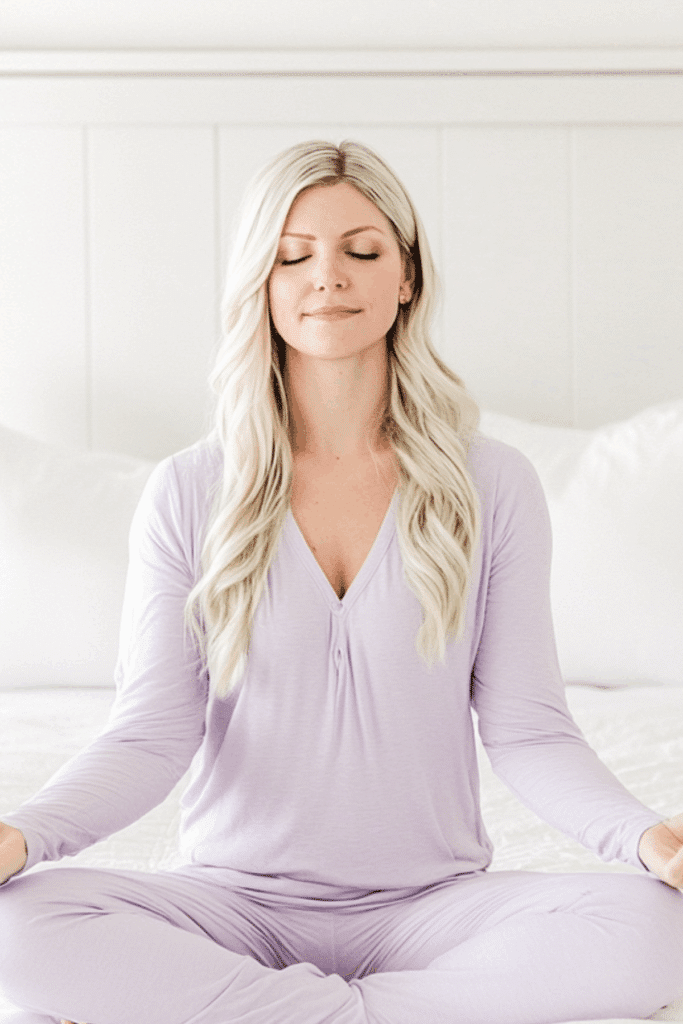
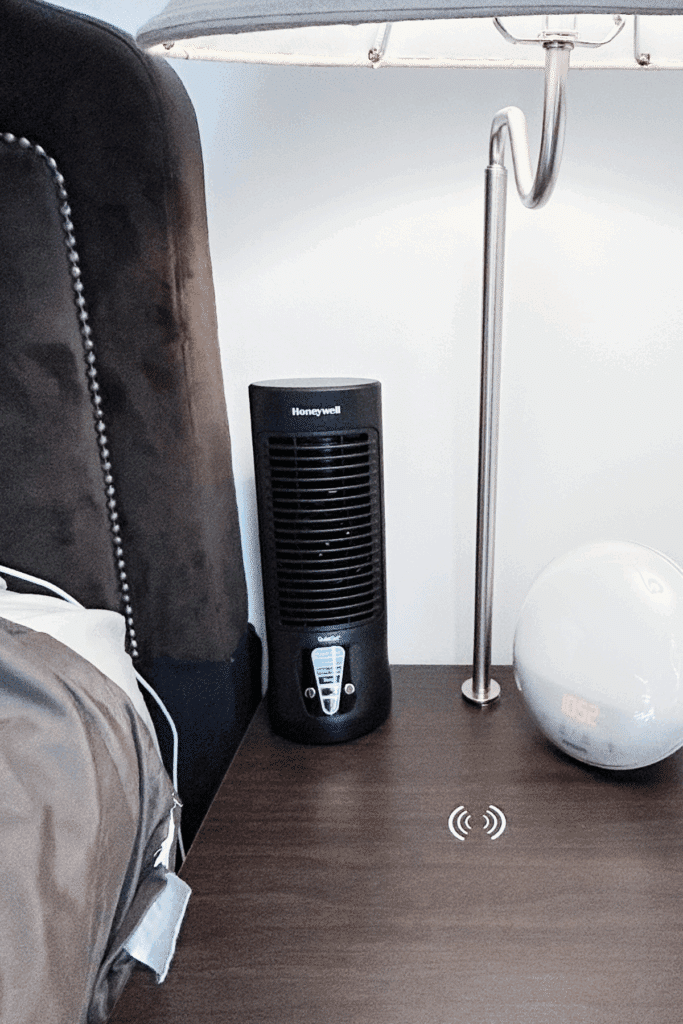
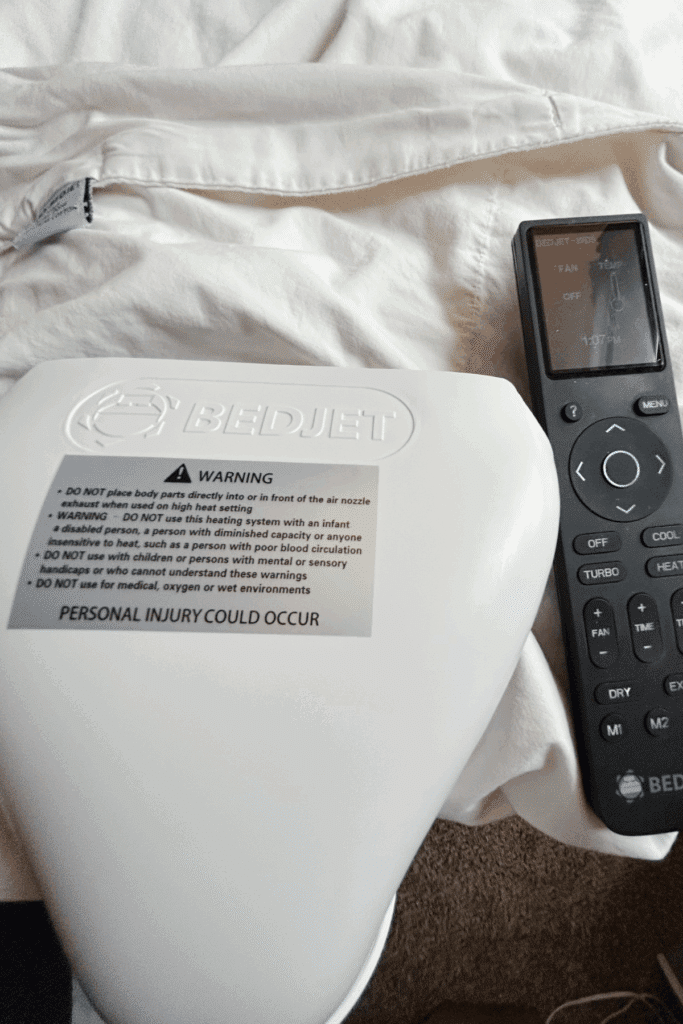



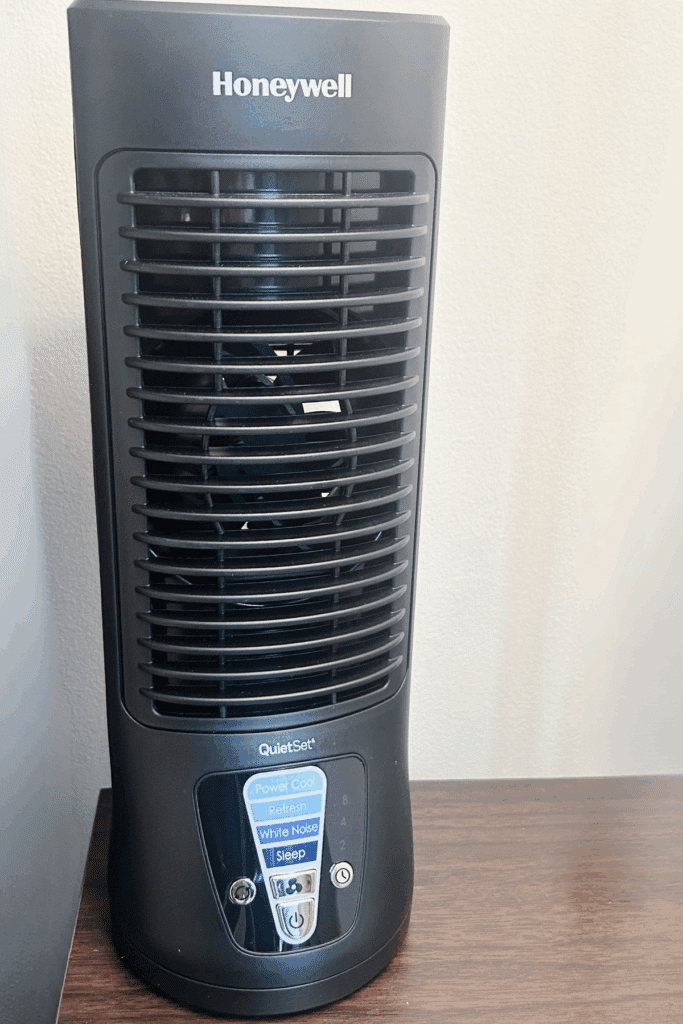
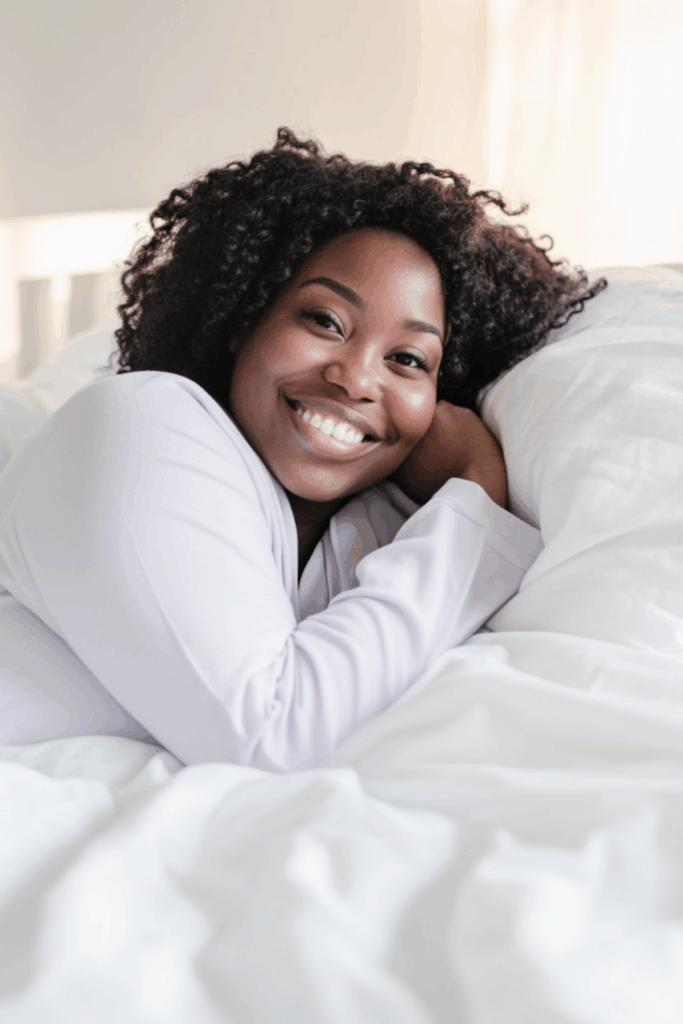

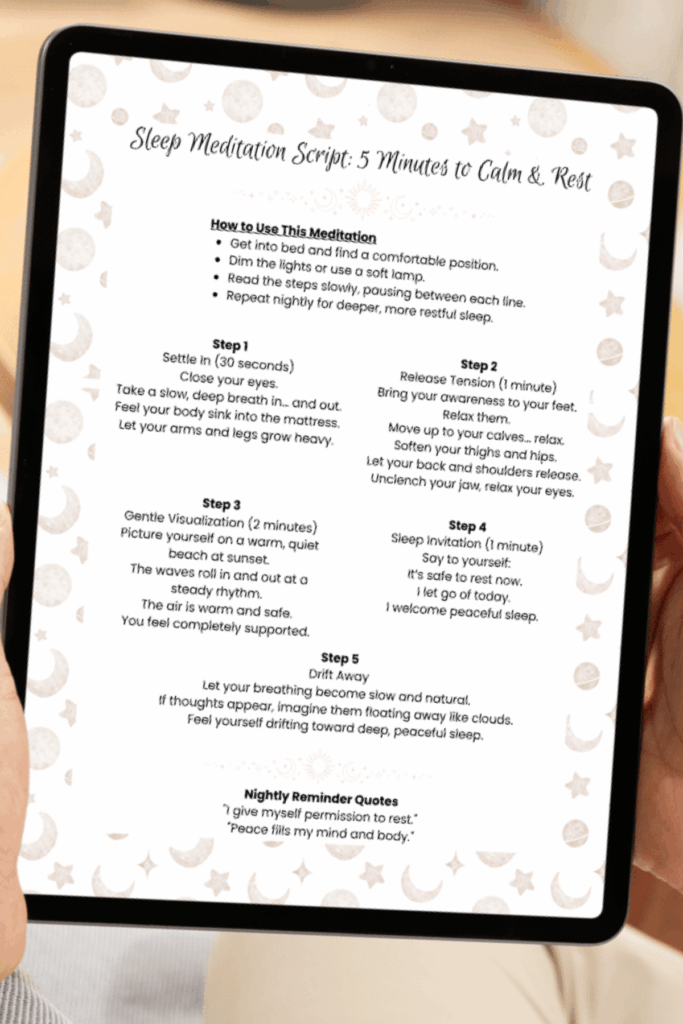
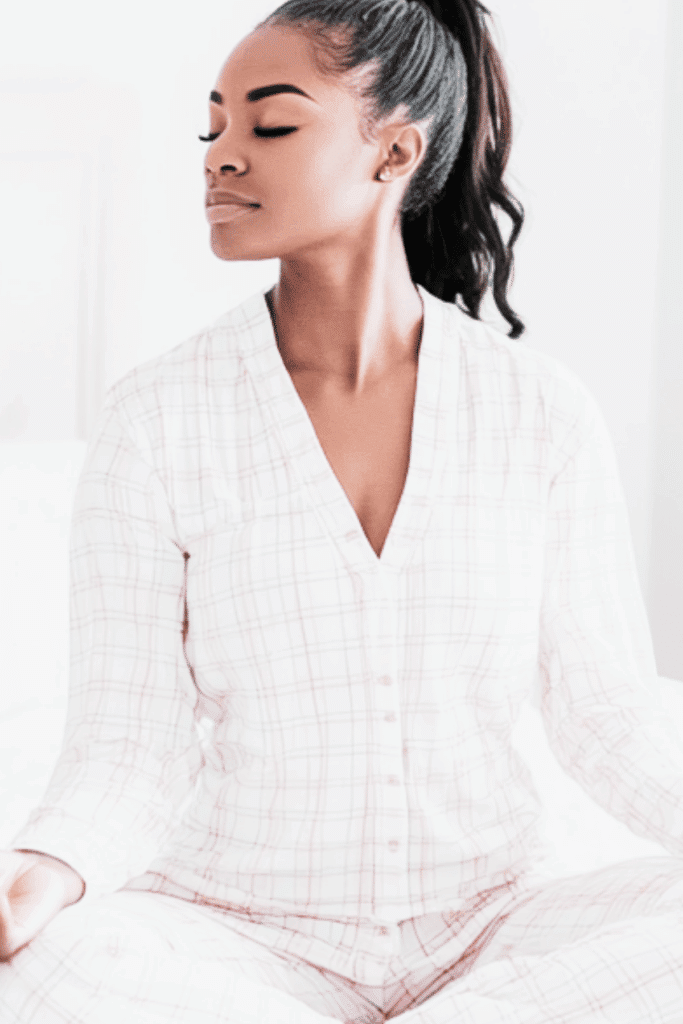
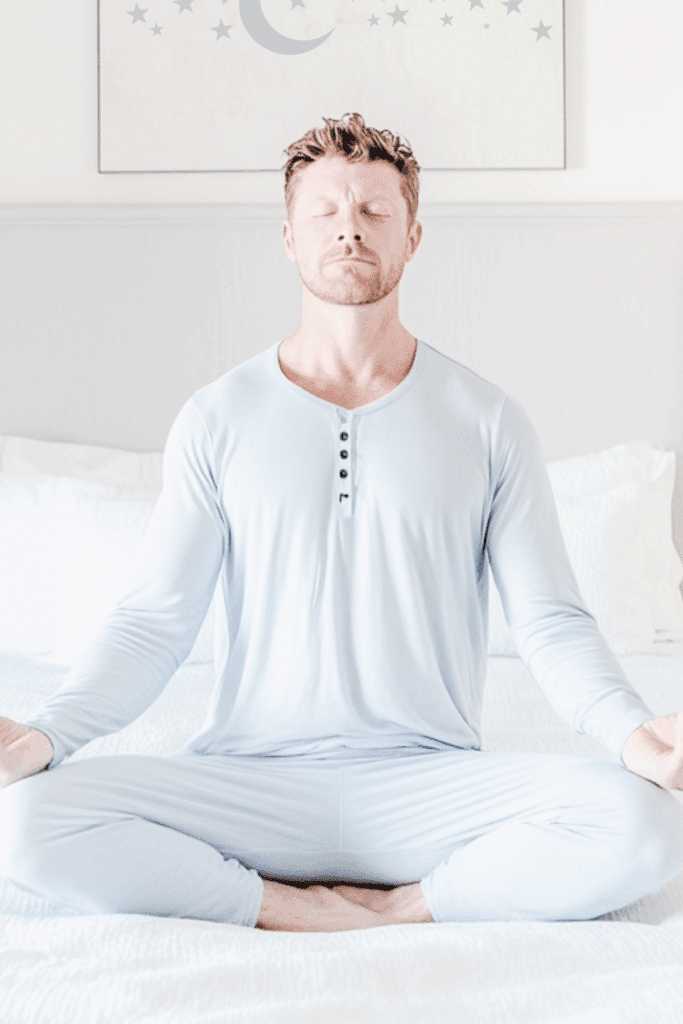
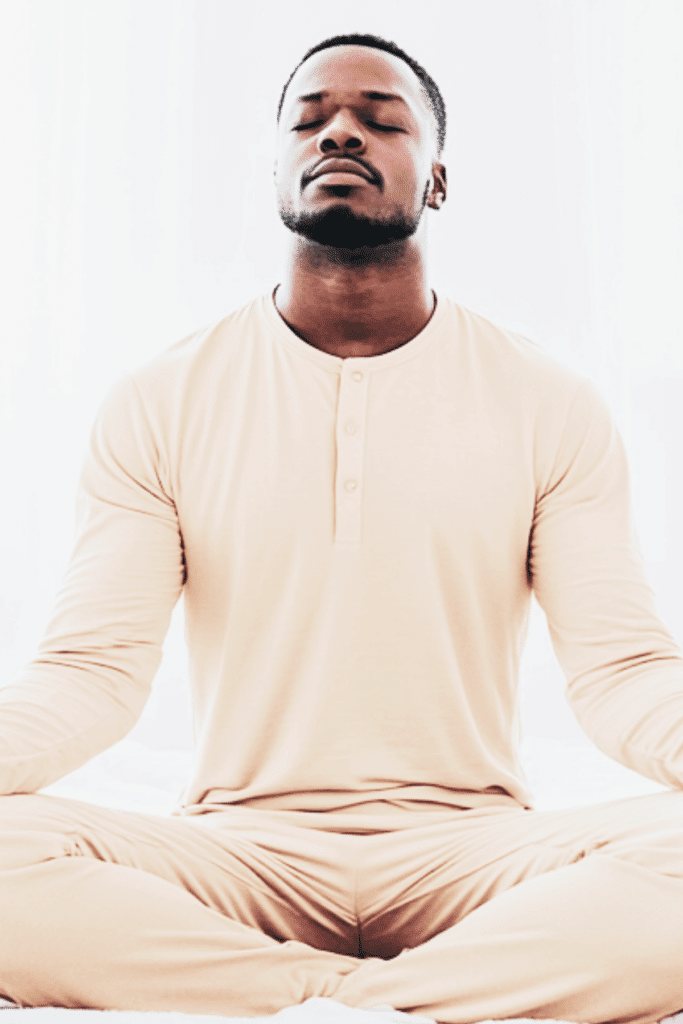
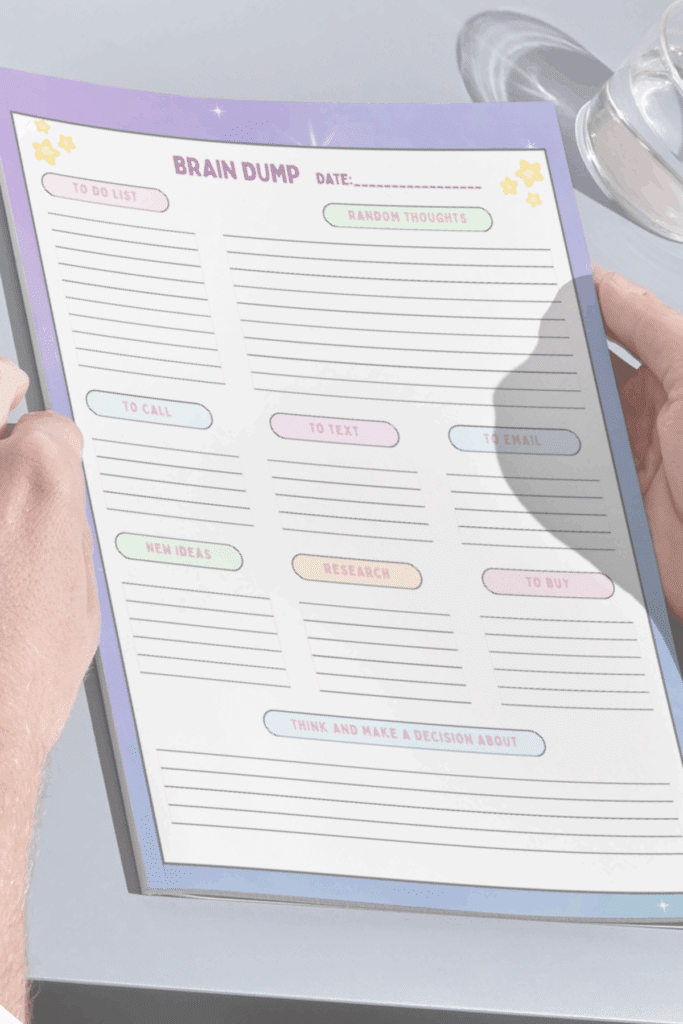
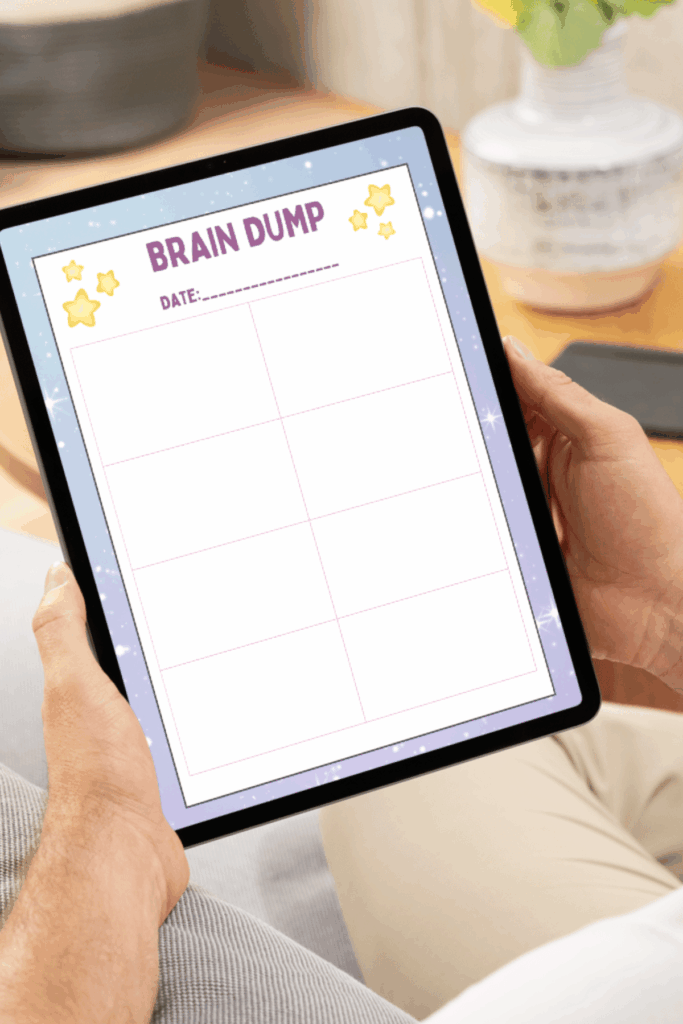
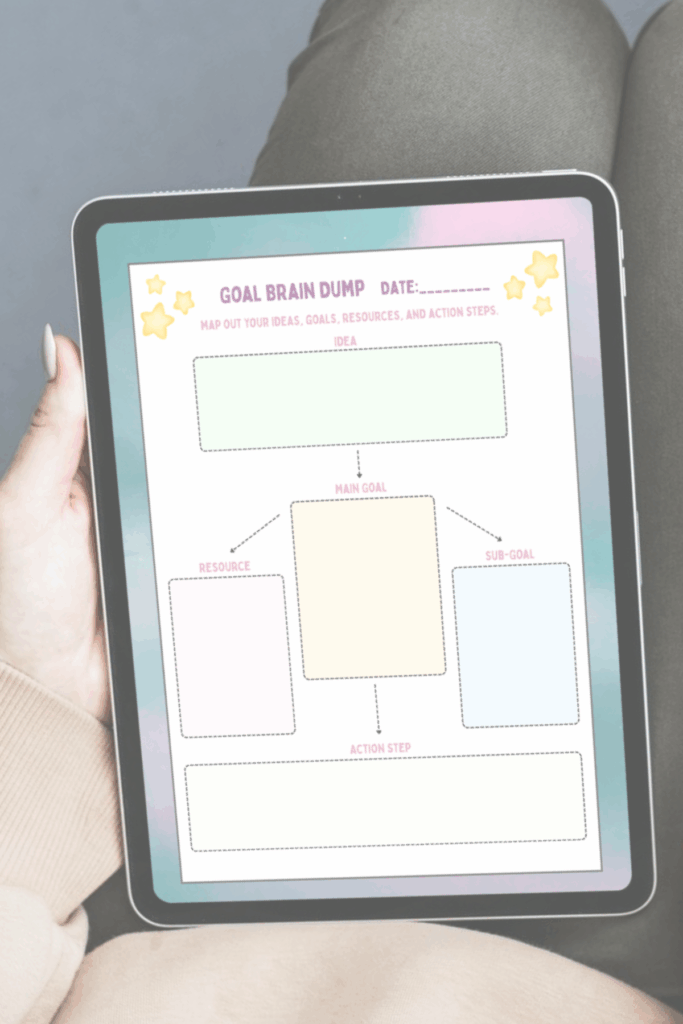
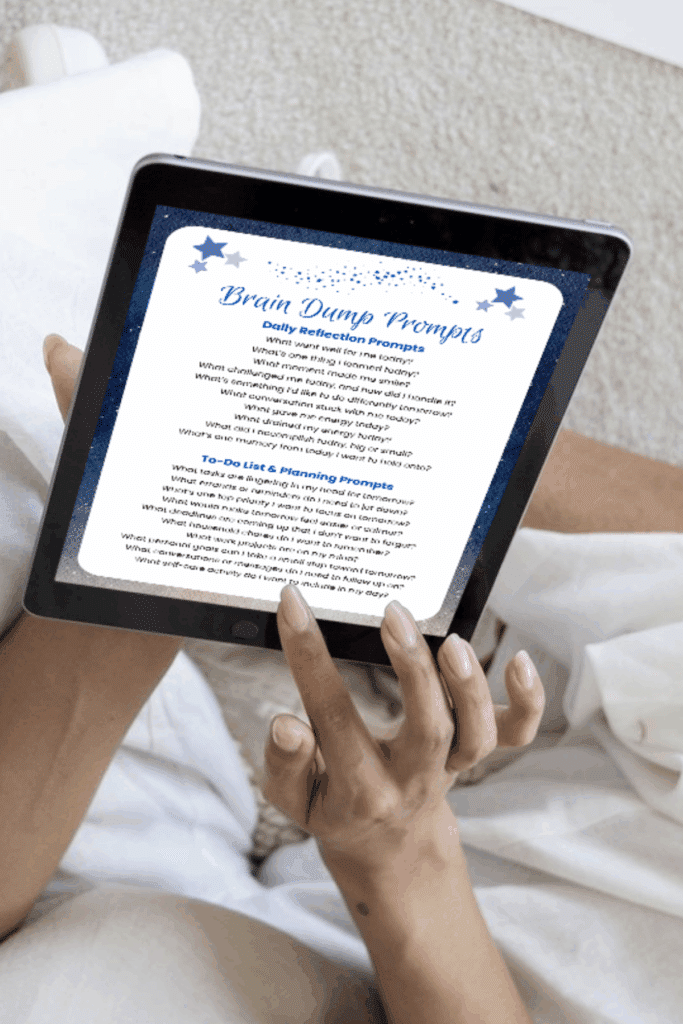

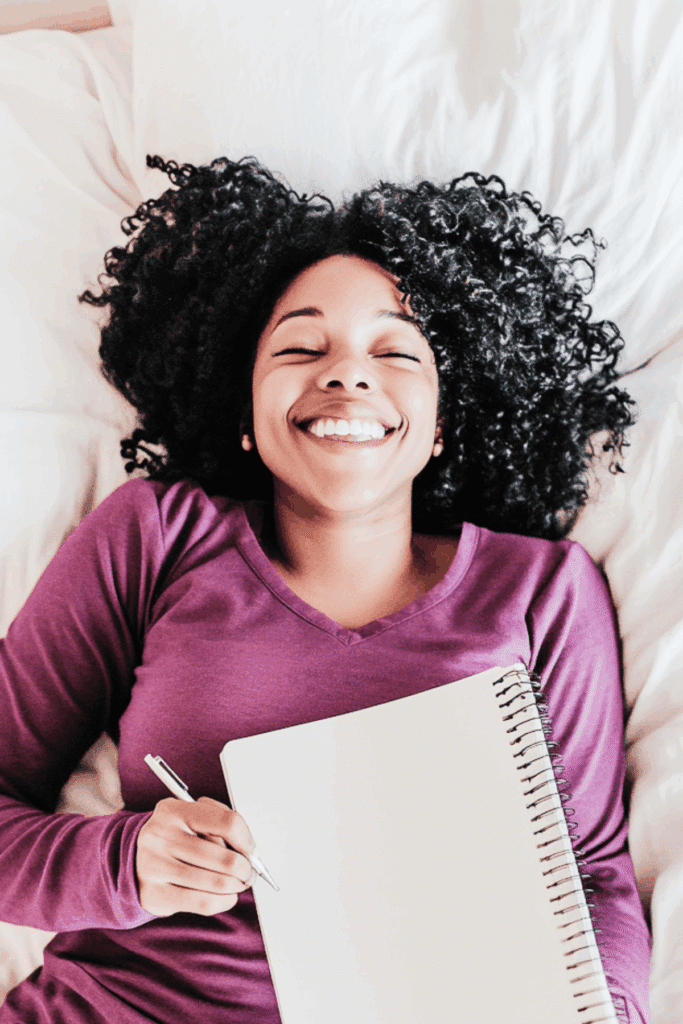


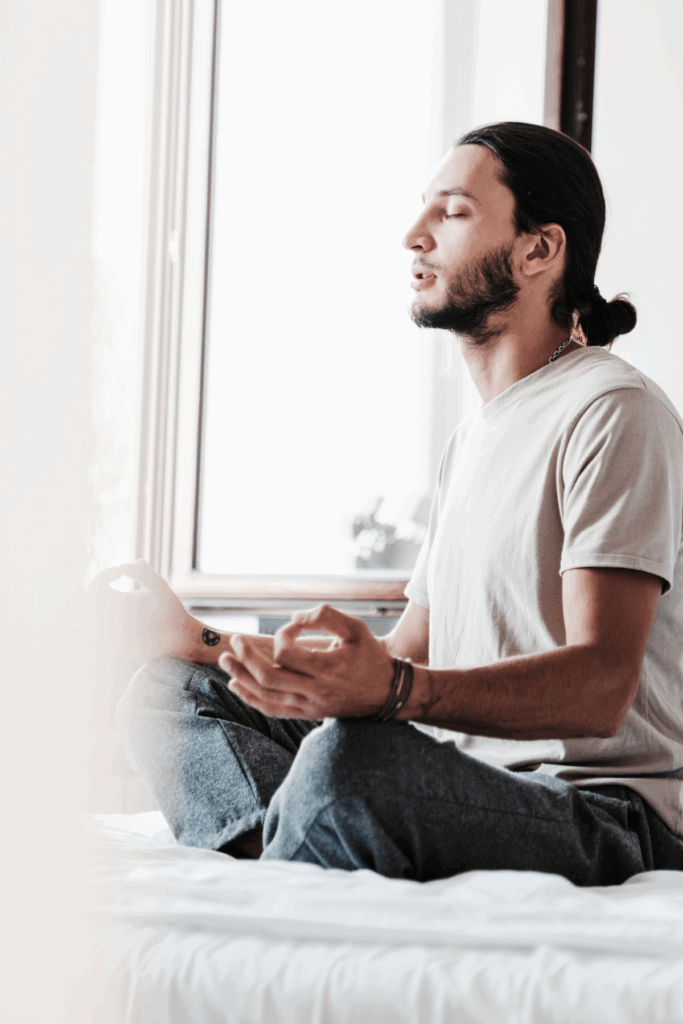
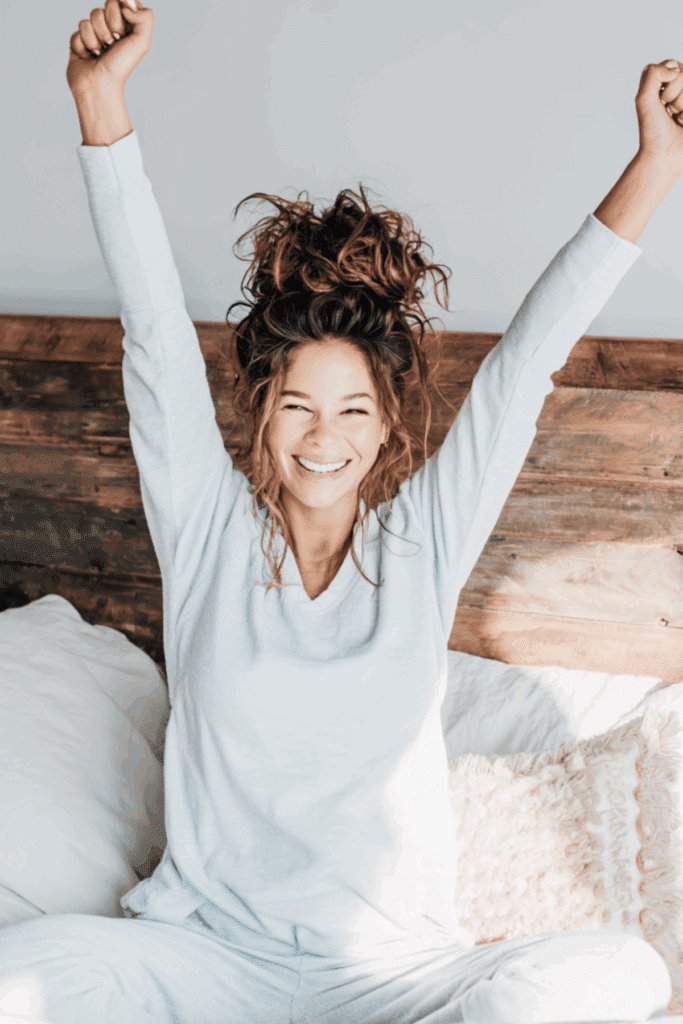
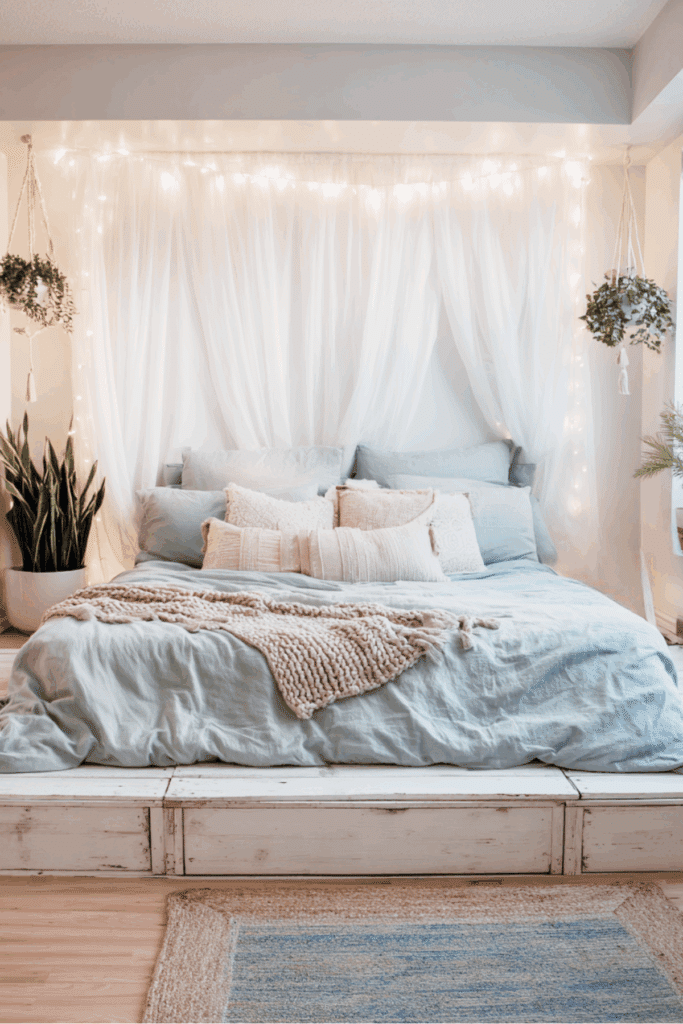
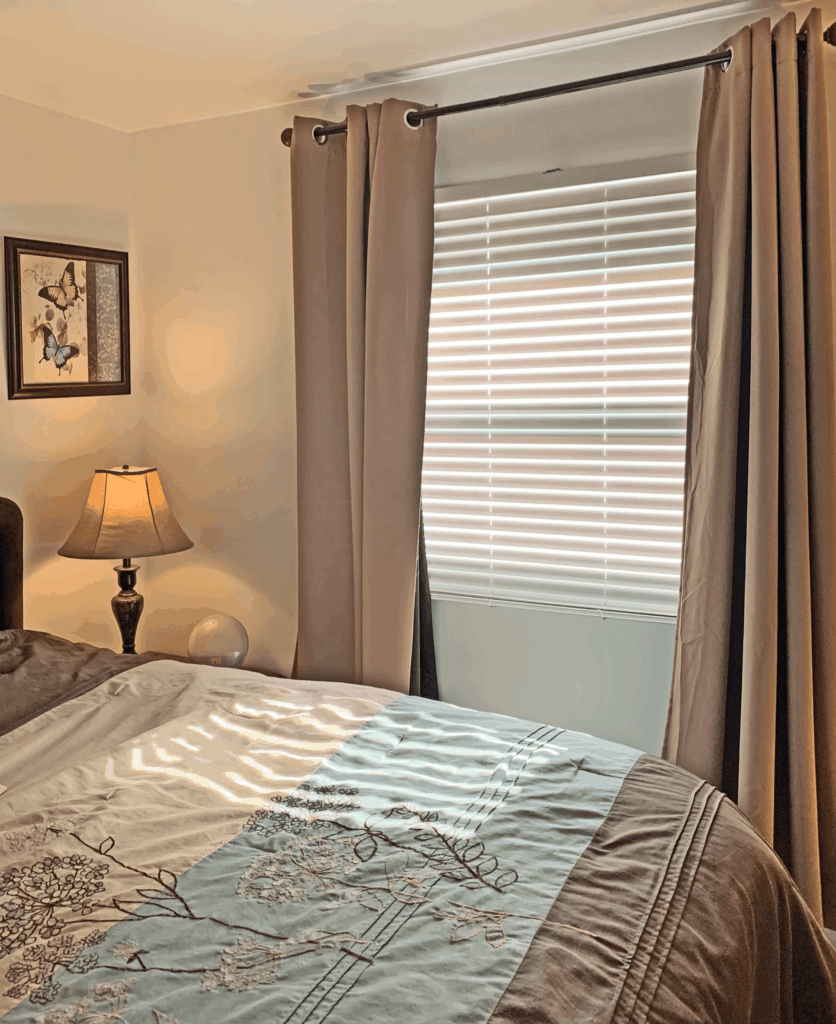




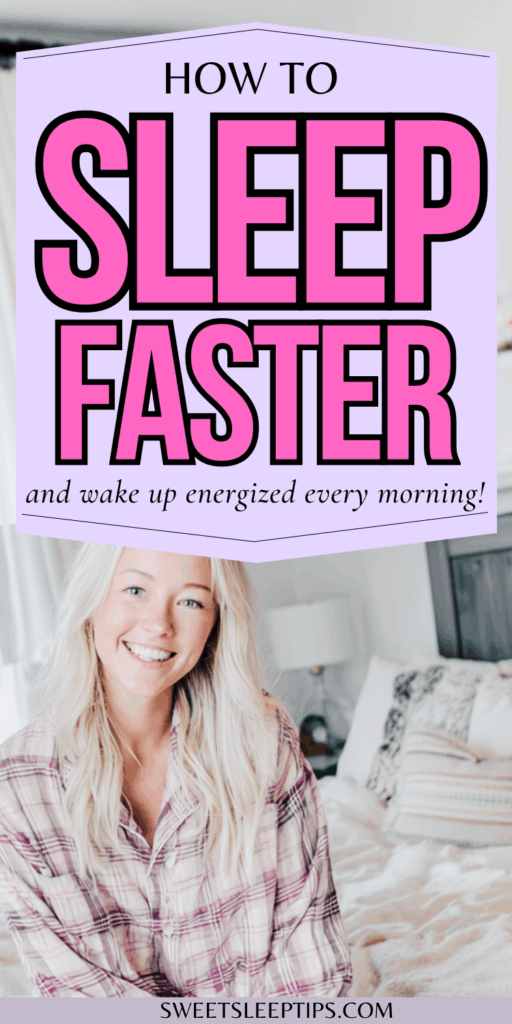
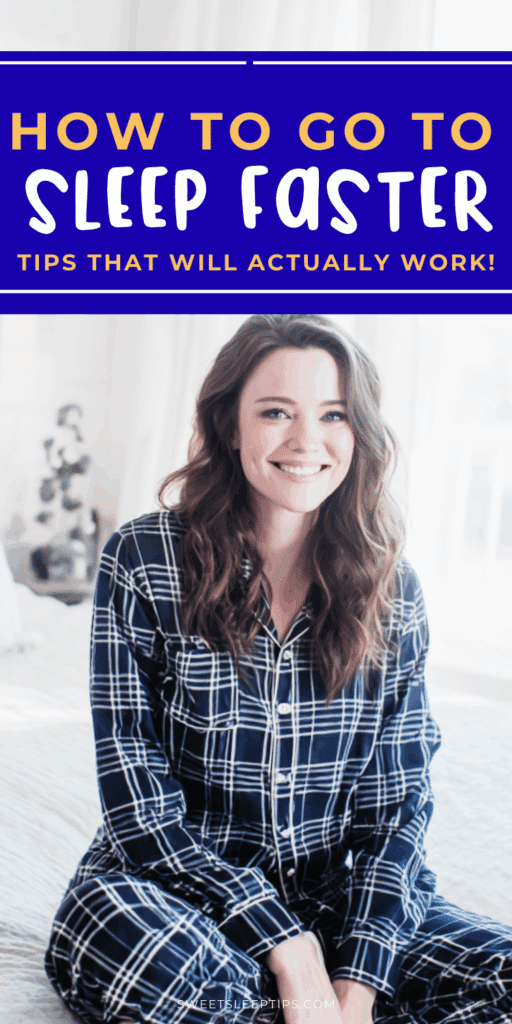
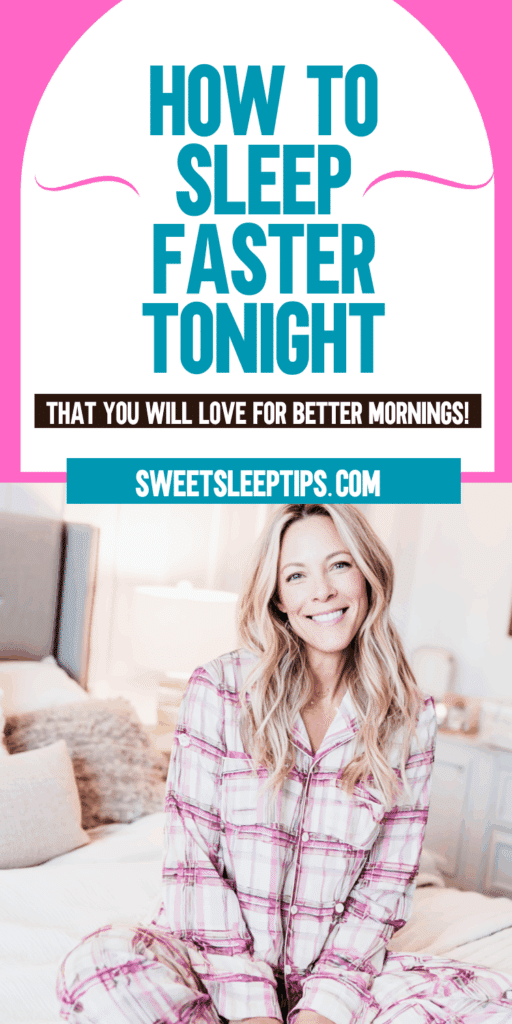
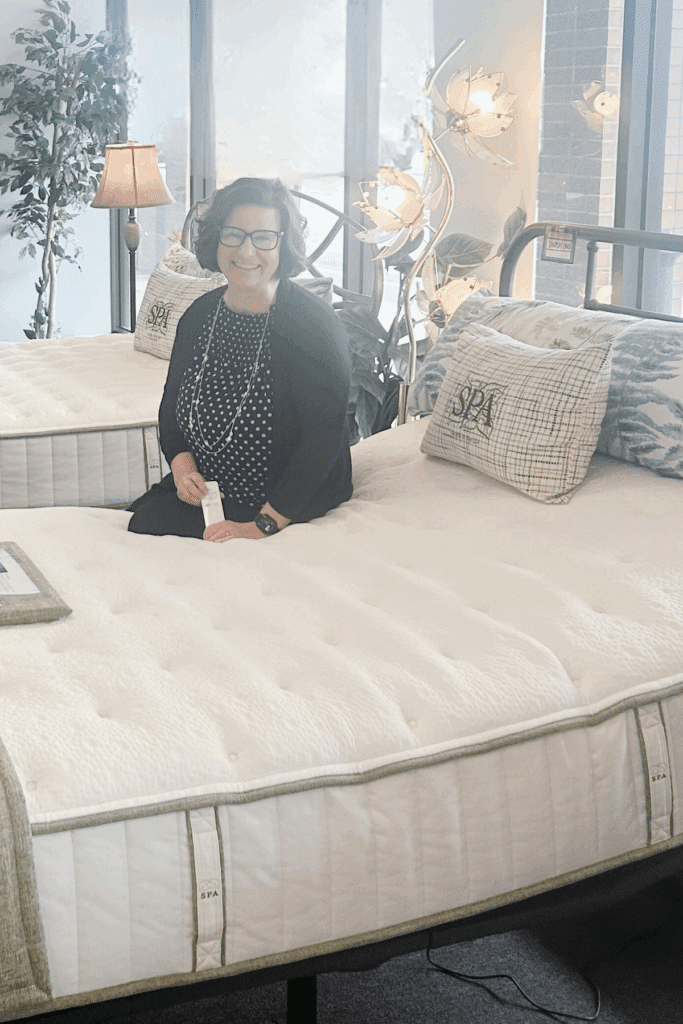
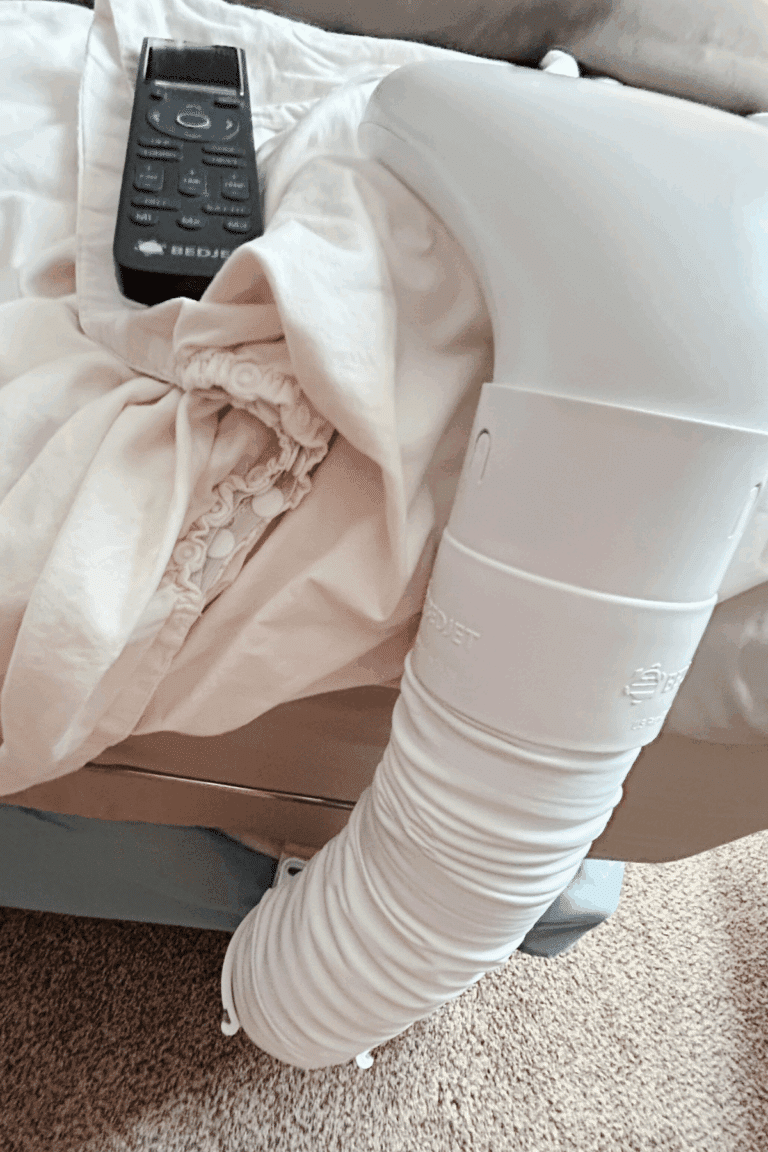
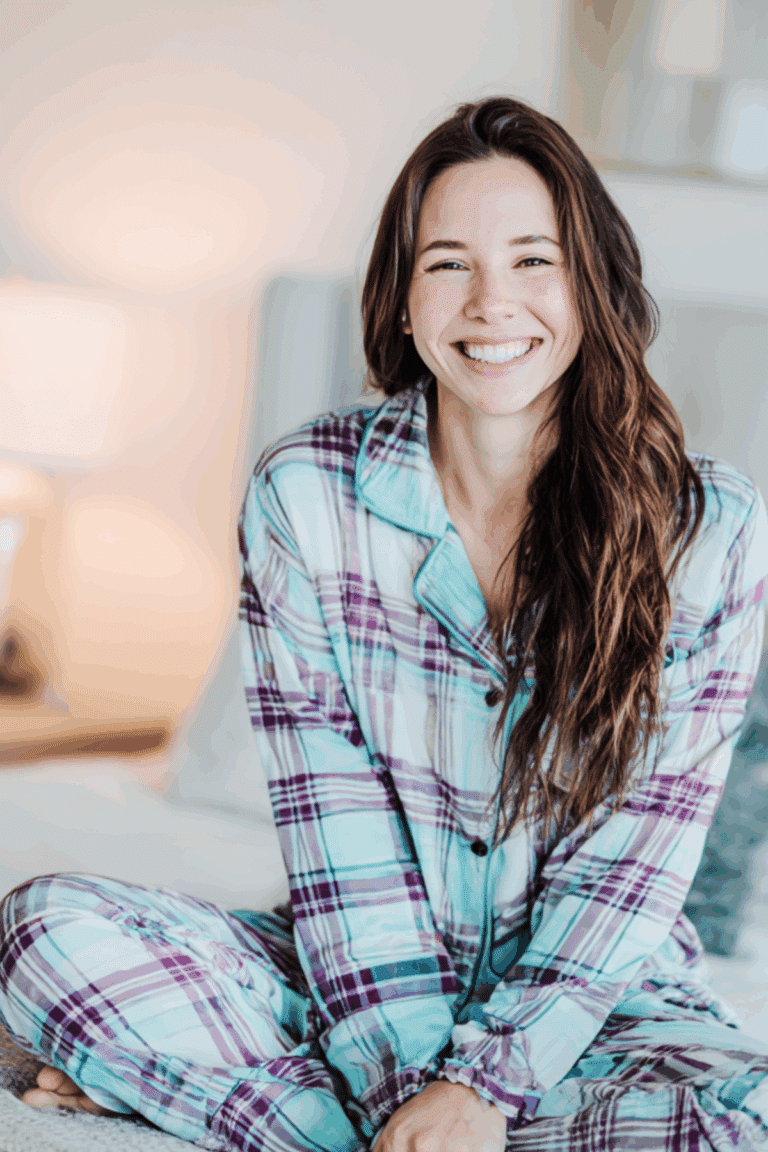
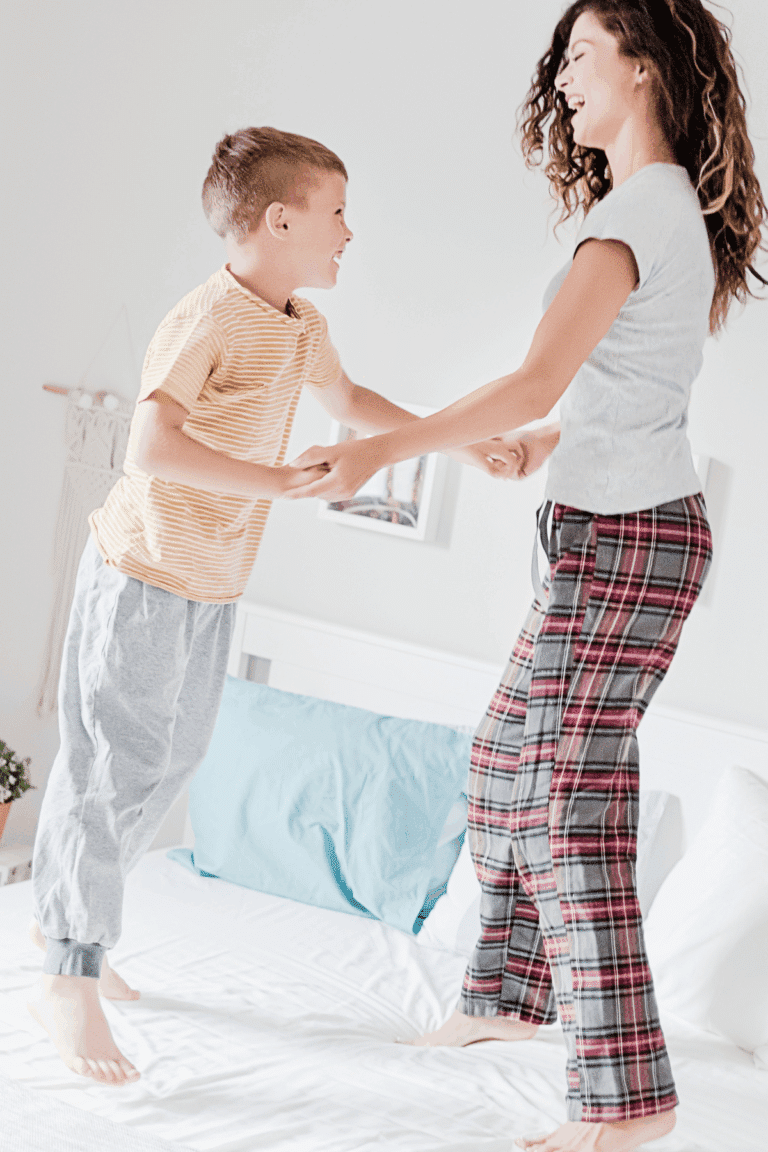

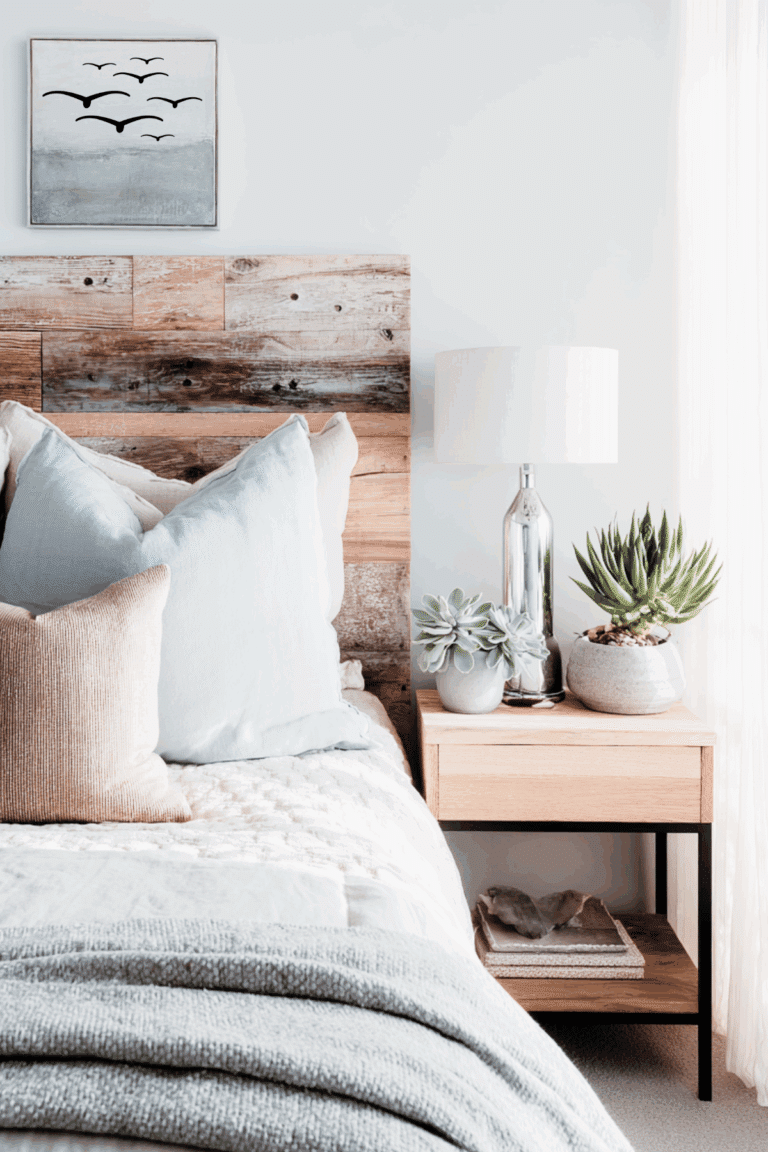
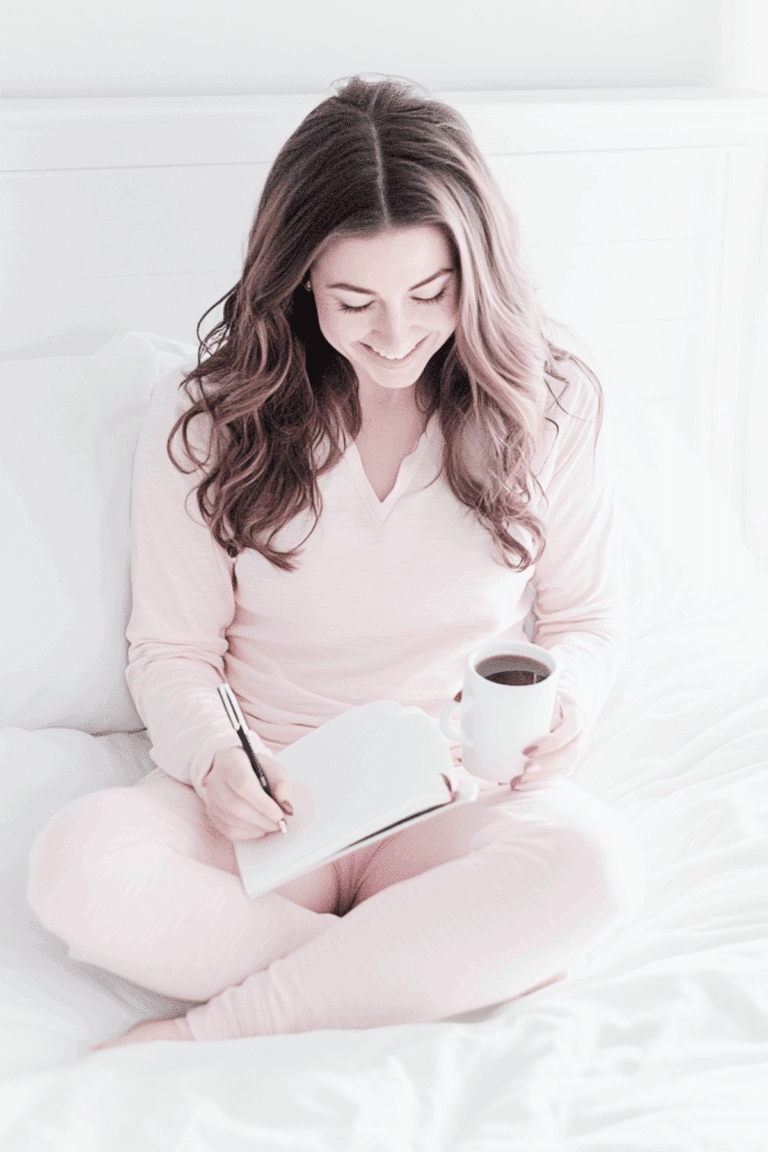
Thank you for these tips about how to sleep faster and wake up energized every morning. I appreciate your ideas about having a calming routine. I sometimes do some stretches, but reading seems to do the trick for me.
I the older I get the more caffeine in coffee affects me! I also firmly believe in a sleep schedule. I go to bed every night around the same time and wake up at about the same time. When I sleep longer I wake up feeling tired.
So many good tips! Thank you for sharing!
Great sleep tips. Some new ones on here that I will try out.
Thanks for sharing, I have been struggling with this a lot.
Great tips. Quality sleep is so important!
Hi Karen!
Yes! I totally agree that quality sleep is so important! I’m glad you enjoyed the tips on how to sleep faster!
Thanks for reading and sweet dreams!
Debbie
Great tips. I heard going to bed at the same time each night has many health benefits as well. Thanks for sharing.
Hi Julian!
You are most welcome! I’m glad you like the tips on how to sleep faster!
Thanks for reading!
Debbie
This is helpful, I’m alway so tired in the mornings and something has to change.
Hi Jasmin!
I’m glad you found the tips on how to sleep faster helpful! I hope you get a wonderful sleep and wake up energized!
Sweet dreams!
Debbie
Thanks for these lovely tips, Debbie! I can’t wait to get better sleep!